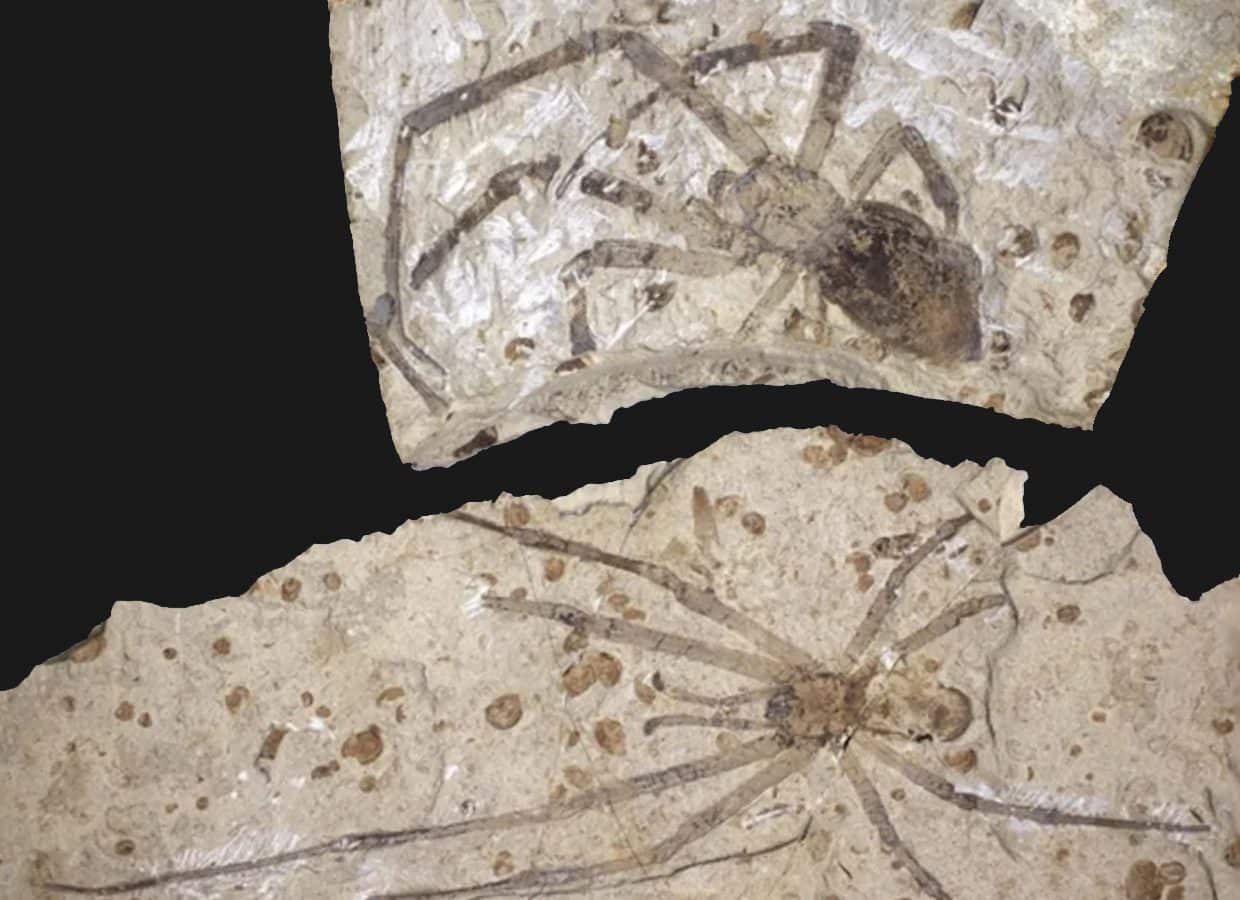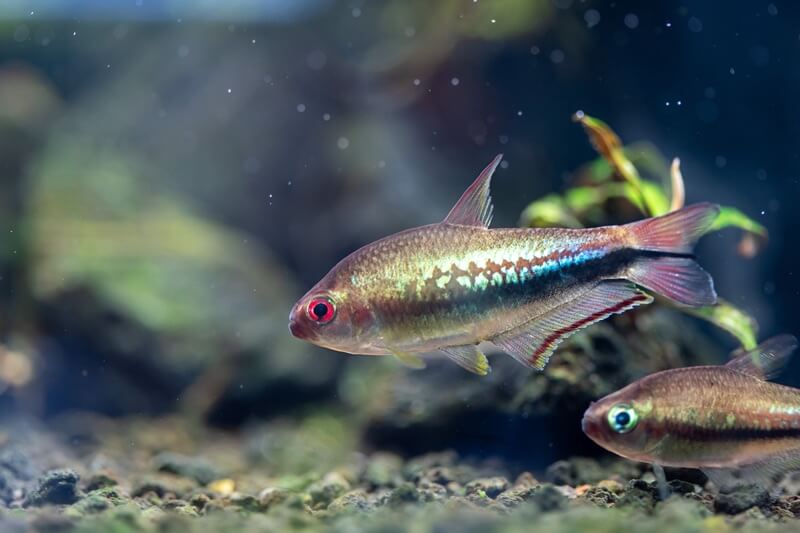Spiders are one of the most diverse and successful arthropod groups on the planet, with over 45,000 known species found in habitats all over the world. However, like many other species, some spider species have gone extinct over time.
In this article, we will explore 5 extinct types of spiders that have been identified through fossil records and research. Before we dive into the list, let’s first understand what spiders are and how they evolved into the eight-legged arachnids we know today.
You are reading: 5 Extinct Types of Spiders

5 Extinct Types of Spiders
Attercopus fimbriungus
Attercopus fimbriungus is an extinct spider and the only known member of its genus. Its fossil was found in the Panther Mountain formation in Upstate New York and dates back to the Devonian era, which is about 390 million years ago.
Although this is a genus of arachnid, it’s not truly a spider, instead belonging to spider-like animals that were close to the origin of modern spiders. It is placed in the extinct order Uraraneida, spider-like animals able to produce silk, but which lacked true spinnerets and retained a segmented abdomen bearing a flagellum-like tail resembling that of a whip scorpion.
Attercopus fimbriungus could produce silk, but it had a separate abdomen like a scorpion and didn’t have spinnerets. It was probably a ground-dwelling predator that lived in forests hunting cockroaches, silverfish, and millipedes.
Paleontologists think it’s one of the most primitive spiders that used silk to wrap up prey rather than spinning a web. This research discusses the origins of spider spinnerets and evolution of arachnids. It puts Attercopus fimbriungus near the beginning of the evolutionary process.
Centrobunus braueri
Centrobunus braueri is an extinct species of arachnid in the order Opiliones, which is also known as harvestmen or daddy longlegs. It was endemic to the Seychelles island of Mahé, where it was found in 1894.
Read more : Top 5 Most Common Roaches In Oklahoma
Unfortunately, no other sightings have been recorded of this species, despite efforts to find it again. Centrobunus braueri is the only known species in the monospecific genus Centrobunus, which belongs to the family Podoctidae and subfamily Podoctinae.
The cause of its extinction is unknown, but habitat erosion is a possible factor. The International Union for Conservation of Nature (IUCN) Red List of Threatened Species has listed Centrobunus braueri as extinct since 2014.
Diplaegidia gladiator
Diplaegidia gladiator, also known as the passenger pigeon mite, was an arachnid species that was last seen in North America before September 1, 1914. It was a parasitic mite that lived on the now-extinct passenger pigeon (Ectopistes migratorius). The species was first described by Haller in 1882.
Diplaegidia gladiator was a member of the family Analgidae, which includes mites that are external parasites of birds and mammals. The cause of its extinction is unknown, but it is believed to have gone extinct due to the extinction of its host species.
Diplaegidia gladiator is one of the many species that have gone extinct due to the extinction of their host species, a phenomenon known as coextinction. The species is now listed as extinct on the IUCN Red List of Threatened Species.
Thomasettia seychellana
Thomasettia seychellana is a species of spider that was first described in 1911 and is the only known species in the genus Thomasettia. It was endemic to Mahé Island and Silhouette Island in the Seychelles.
Unfortunately, it has not been seen since its initial discovery and is now considered extinct. Thomasettia seychellana belonged to the family Sparassidae, also known as huntsman spiders, which are known for their speed and large size.
The cause of its extinction is unknown, but habitat loss and degradation are possible factors. Thomasettia seychellana is listed as extinct on the IUCN Red List of Threatened Species.
Nephila jurassica

Read more : Top 10 Smallest Butterflies In The World
Nephila jurassica is an extinct species of spider that lived during the Jurassic period, about 165 million years ago. It is one of the largest spiders ever found, with a body length of approximately 24.6 millimeters and front legs that reach about 56.5 millimeters in length.
The species was first described in 2006 as a member of the Nephila genus of orb-weaving spiders that weave 1.5-meter webs of strong, golden silk. However, the placement of Nephila jurassica was later questioned by Kuntner et al. in 2013, who claimed that it differs from extant members of the genus Nephila in many anatomical traits and cannot be assigned to this genus, or indeed to the family Nephilidae.
Later that year, a male specimen was discovered near the same location as the female, and its morphology was notably different from that of male Nephila.
The authors moved the species to the new genus Mongolarachne, which they assigned to a separate family Mongolarachnidae. To date, the Mongolarachne jurassica specimens are the largest fossils of spiders ever discovered.
FAQS
1. What is a spider?
Spiders are land-based arachnids with eight legs, fangs called chelicerae that inject venom, and spinnerets that produce silk for webs and wrapping up prey. They are predators with the exception of Bagheera kiplingi which is herbivorous.
2. How many species of spiders are there?
There are more than 45,000 known species of spiders found in habitats all over the world.
3. What are some examples of extinct spider species?
Some examples of extinct spider species include Attercopus fimbriungus, Centrobunus braueri, Diplaegidia gladiator, Thomasettia seychellana, and Nephila jurassica.
4. What caused the extinction of these spider species?
The cause of extinction varies for each species. For example, habitat erosion is a possible factor for the extinction of Centrobunus braueri and other Mahe spiders, while the extinction of Diplaegidia gladiator is believed to be due to the extinction of its host species, the passenger pigeon.
5. Why is it important to study extinct spider species?
Studying extinct spider species can provide insight into the evolution and diversification of spiders over time. It can also help us understand the impact of environmental changes on spider populations and inform conservation efforts for endangered spider species.
Source: https://petstutorial.com
Category: Animals










